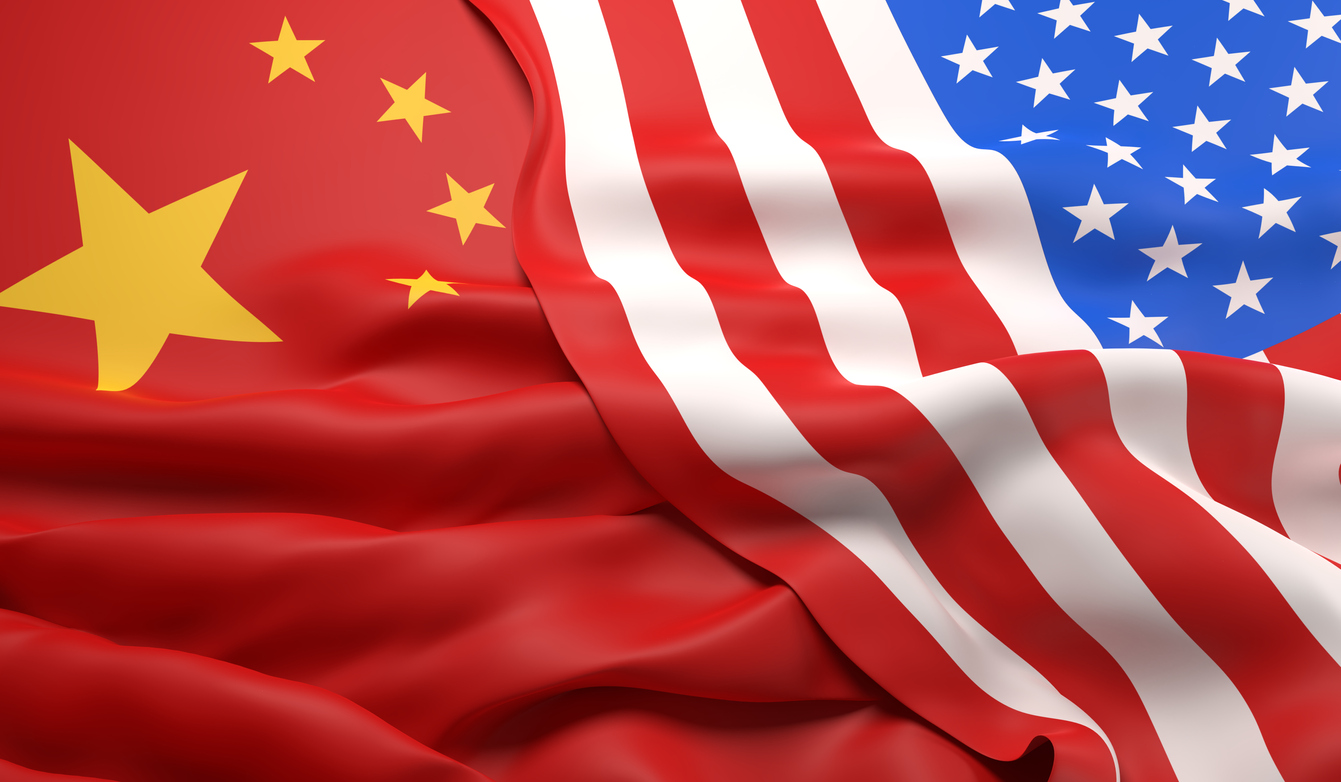The US and China are once again at loggerheads. The world’s two most powerful economies are on a potential collision course towards another trade war, with the breakdown in diplomacy being characterised by US President Biden calling his counterpart Xi a “dictator” just last month as tensions come to a head.
One of the main points of contention on the world stage is the Russian ‘special military operation’. On one hand, the United States has lent its support to Ukraine through the provision of significant sums of money and military hardware. China, on the other, has further stoked tensions by implicitly suggesting support for the invasion.
US Congress Speaker Nancy Pelosi’s controversial decision to visit Taiwan last year also hasn’t helped to calm tensions, as the US looks to draw a line in the sand over continued Chinese expansionism into the South China Sea and beyond. While most recently, Janet Yellen’s trip to Beijing sought to alleviate tensions between the countries amid the threat of a potentially looming trade war.
Retreading old ground…
Of course, this is far from the first time the two superpowers have rattled sabres on the international stage over the last few years. The most notable of these occasions, of course, was the US-China trade war instigated by the belligerent, protectionist stance taken by former President Donald Trump against Beijing in which the US placed tariffs on Chinese steel imports. The tit-for-tat retaliatory moves spooked markets for months, hitting companies in the manufacturing sector hard, and precipitated a widespread financial fallout which had a ripple effect around the world.
Ever since, the relationship has been a tense one, with both sides posturing militarily (as seen in situations such as Hong Kong and Taiwan, as well as the ‘spy balloon’ incursion into US airspace), economically (with the US exporting less and less to China since the trade war, and levels still not meeting pre-pandemic levels) and diplomatically (over matters including Ukraine, Chinese expansionism and the Paris climate talks).
Where are we now?
Recently, the United States Treasury Secretary Janet Yellen went on a diplomatic mission to Beijing to meet with various Chinese government officials. The visit did not yield significant results, but it had the apparent purpose of easing political tensions between the two superpowers.
While diplomacy and politics indicate a cooling of tensions, the commercial situation tells a different story. Let’s try to understand why.
The past few months have been marked by the reopening of the Chinese economy following the strict restrictions imposed due to the Covid-19 pandemic. After an initial phase of expansion, the Chinese economy has taken a decisive turn, primarily due to idiosyncratic internal dynamics and the ongoing global economic slowdown. The latest export data shows a decline of 12.4% compared to June 2022, with imports also decreasing by 6.8% compared to the same month of the previous year.
It is important to note that the United States has long sought to reduce its dependence on China in its production supply chain. Therefore, based on their trade balance numbers, China currently needs the United States more than the United States needs China.
The US Department of Commerce has announced its intention to introduce a new export licence for state-of-the-art chips to China, which are essential for the development of Artificial Intelligence (AI) technologies. In particular, this licence would restrict exports to companies such as Nvidia and Advanced Micro Devices, which are among the world’s leading manufacturers of graphics cards that form the foundation of efficient new processors used for extensive data processing. The Netherlands also supports the United States in this dispute, as they too want to limit exports to China by ASML, the world’s leading supplier of extreme ultraviolet (EUV) lithography machines used to produce advanced chips.
In its own way, China has not stood idly by after receiving these blows. Starting from August, it will restrict the export of certain rare elements, primarily gallium and germanium, which are key for the development of new technologies in the aerospace industry and beyond. Germanium is widely used in space technologies due to its increased resistance to cosmic rays and is increasingly being employed in the production of next-generation semiconductors. Gallium, on the other hand, is essential for the development of new batteries in the electric vehicle sector. China currently supplies 60% of the world’s germanium and 80% of the global gallium demand.
Financial market impact
Currently, China appears to have suffered the greatest blow, with the CSI Artificial Intelligence index losing about 15% (in local currency) from 20 June until the time of writing. On the other hand, there have been no significant losses in the American AI stock market, with the Nasdaq Yewno Global AI and Big Data Index and the Philadelphia SE Semiconductor Index showing sideways movements over the same time frame.
While in the short term, the chip war seems to favour the USA, the eventual outcome remains uncertain. China’s dominance in the production of rare earth elements could greatly complicate the plans of companies like Tesla, which has announced its intention to increase its use of gallium to significantly improve battery efficiency. Additionally, US chip making companies could be severely affected by limited access to the Chinese market.
Since the beginning of the year, the Nasdaq Yewno Global AI and Big Data index has delivered a performance of 46.89% (in USD), confirming the hype surrounding the AI world. However, the effects of the chip war could add short-term uncertainty and volatility, causing stocks like Nvidia, which trade well above their fundamentals (latest Price/Book value 51.3), to decline.
Nevertheless, AI as a trend is unquestionable. The technology, which has just begun to showcase its full potential, will inevitably continue to develop regardless of geopolitical and commercial tensions, making it highly attractive as a long-term investment.
 Davide Petrella: Davide is a Portfolio Manager at Moneyfarm. He earned an MSc in Quantitative Finance from Politecnico of Milan Graduate School of Management and a MSc in Physics at University of Rome La Sapienza. Davide started his career in Anima Sgr in 2017 as Assistant Portfolio Manager in the multi-asset team and then he moved to Allianz Italy in the ALM & Strategic Asset Allocation team. From January 2022 to January 2023 he worked as Quantitative Analyst in the Fixed Income Boutique of Vontobel Asset Management in Zurich, working closely with Portfolio Managers in order to build quantitative front-office solutions for the boutique.
Davide Petrella: Davide is a Portfolio Manager at Moneyfarm. He earned an MSc in Quantitative Finance from Politecnico of Milan Graduate School of Management and a MSc in Physics at University of Rome La Sapienza. Davide started his career in Anima Sgr in 2017 as Assistant Portfolio Manager in the multi-asset team and then he moved to Allianz Italy in the ALM & Strategic Asset Allocation team. From January 2022 to January 2023 he worked as Quantitative Analyst in the Fixed Income Boutique of Vontobel Asset Management in Zurich, working closely with Portfolio Managers in order to build quantitative front-office solutions for the boutique.
*As with all investing, financial instruments involve inherent risks, including loss of capital, market fluctuations and liquidity risk. Past performance is no guarantee of future results. It is important to consider your risk tolerance and investment objectives before proceeding.





